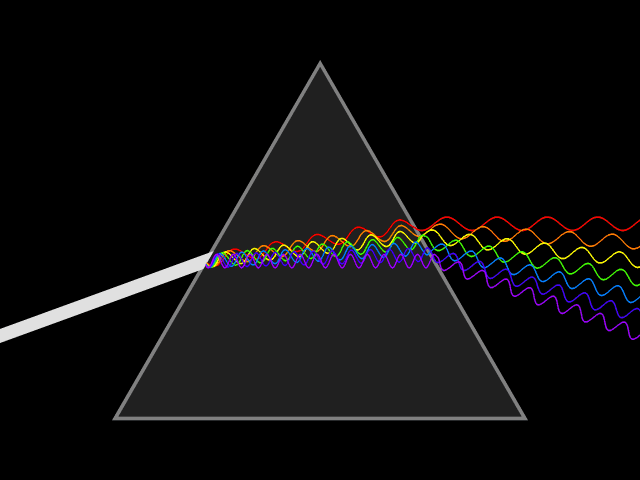It wouldn't be the same if photons were sent in a row right? Edit: Is it plausible to say that 'photons in a row' would show up like a constant wavelength? |
|
Results 1 to 5 of 5
Thread: Pulses of light in slow motion
Threaded View
-
07-02-2014 06:52 AM #3Member Achievements:







- Join Date
- Mar 2008
- LD Count
- In DV +216
- Gender

- Location
- In a Universe
- Posts
- 994
- Likes
- 1139
- DJ Entries
- 88
Last edited by Box77; 07-02-2014 at 11:26 AM.
Similar Threads
-
Slow Motion?
By iamtalon in forum Lucid ExperiencesReplies: 1Last Post: 05-07-2014, 11:38 PM -
Can you make time slow down in your dreams (slow motion)
By DreamHacker in forum Dream ControlReplies: 4Last Post: 08-01-2010, 04:15 AM -
Slow motion.
By Delta Moon in forum General Lucid DiscussionReplies: 2Last Post: 06-17-2008, 08:47 AM -
Slow Motion
By Applejaxz in forum Dream ControlReplies: 12Last Post: 09-15-2007, 04:38 PM -
slow motion
By Avi in forum General Lucid DiscussionReplies: 3Last Post: 07-28-2004, 06:56 AM




 1Likes
1Likes LinkBack URL
LinkBack URL About LinkBacks
About LinkBacks






 Reply With Quote
Reply With Quote
Bookmarks